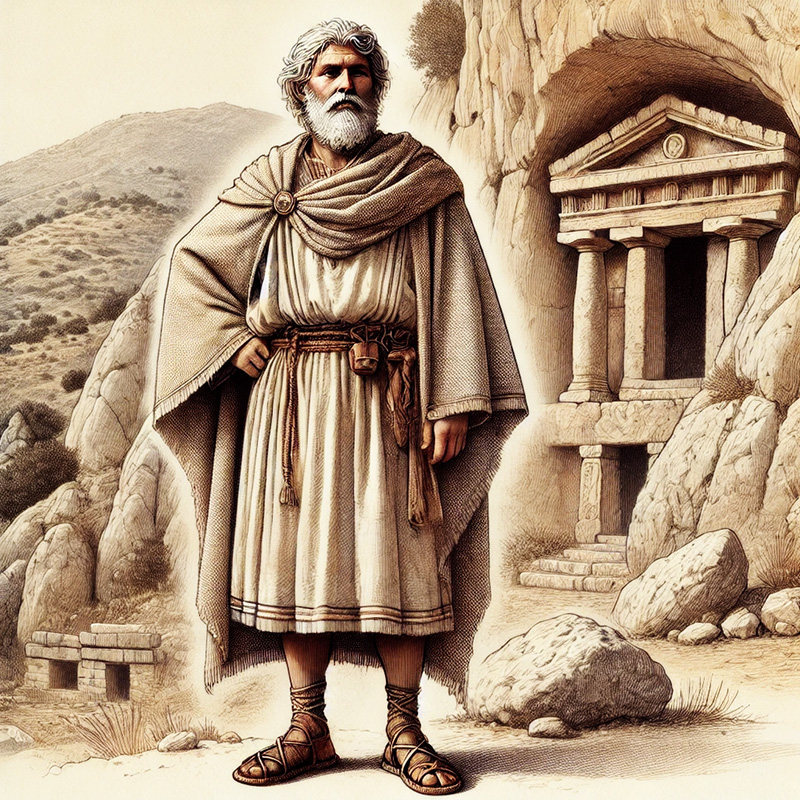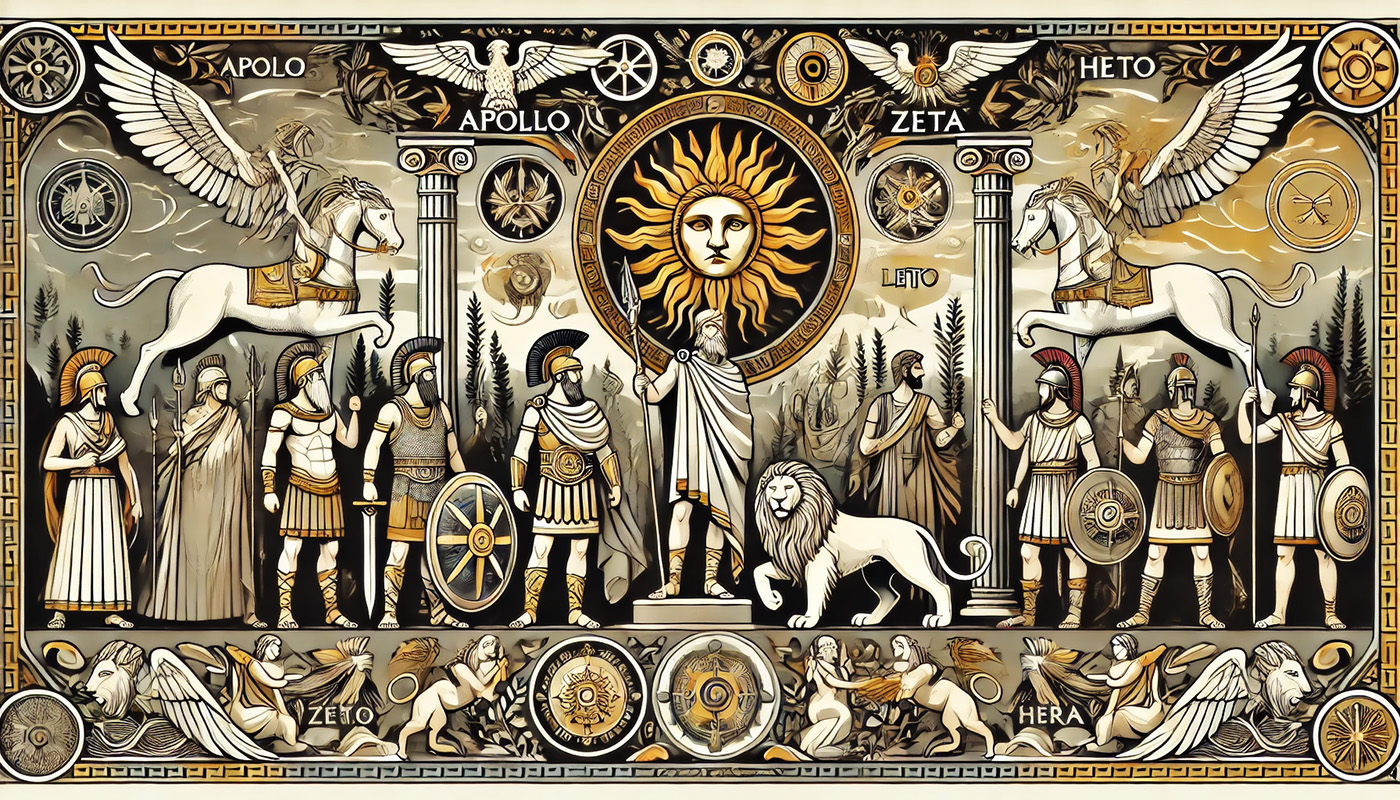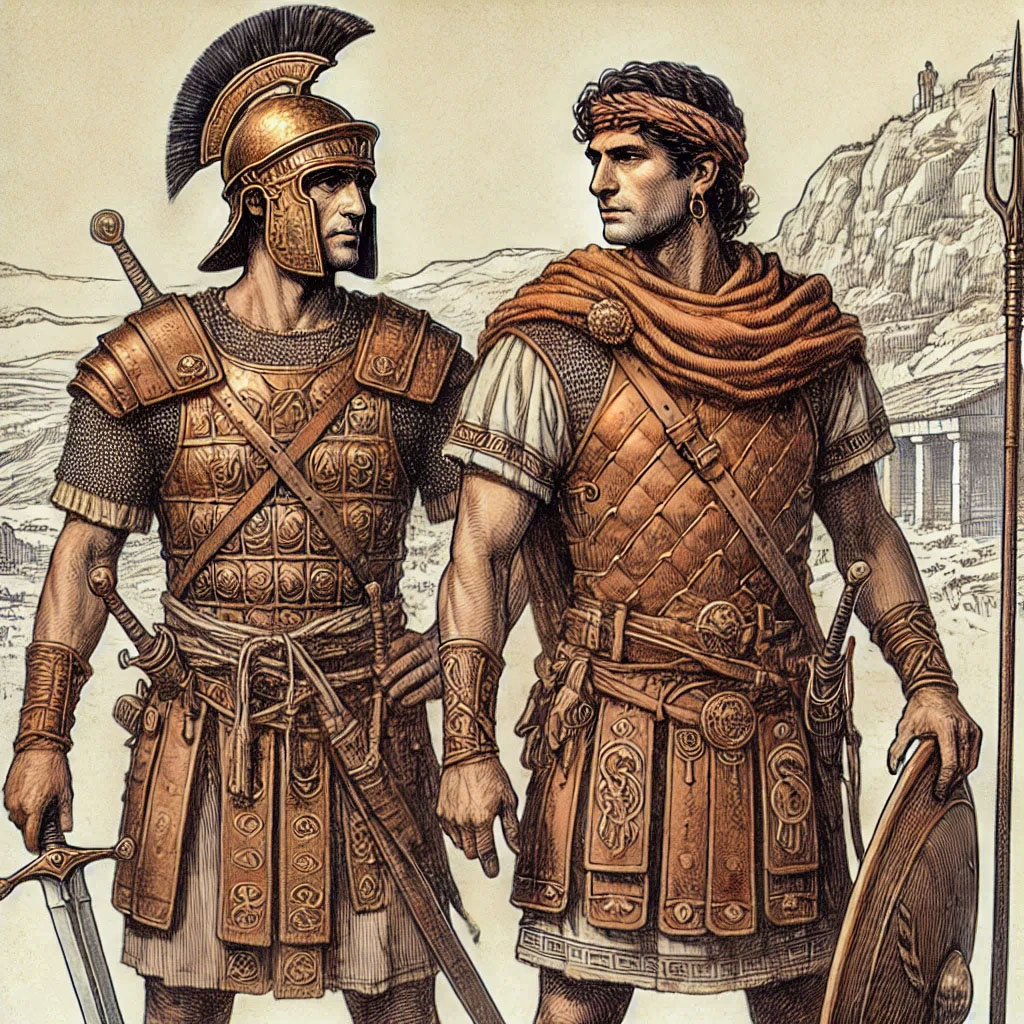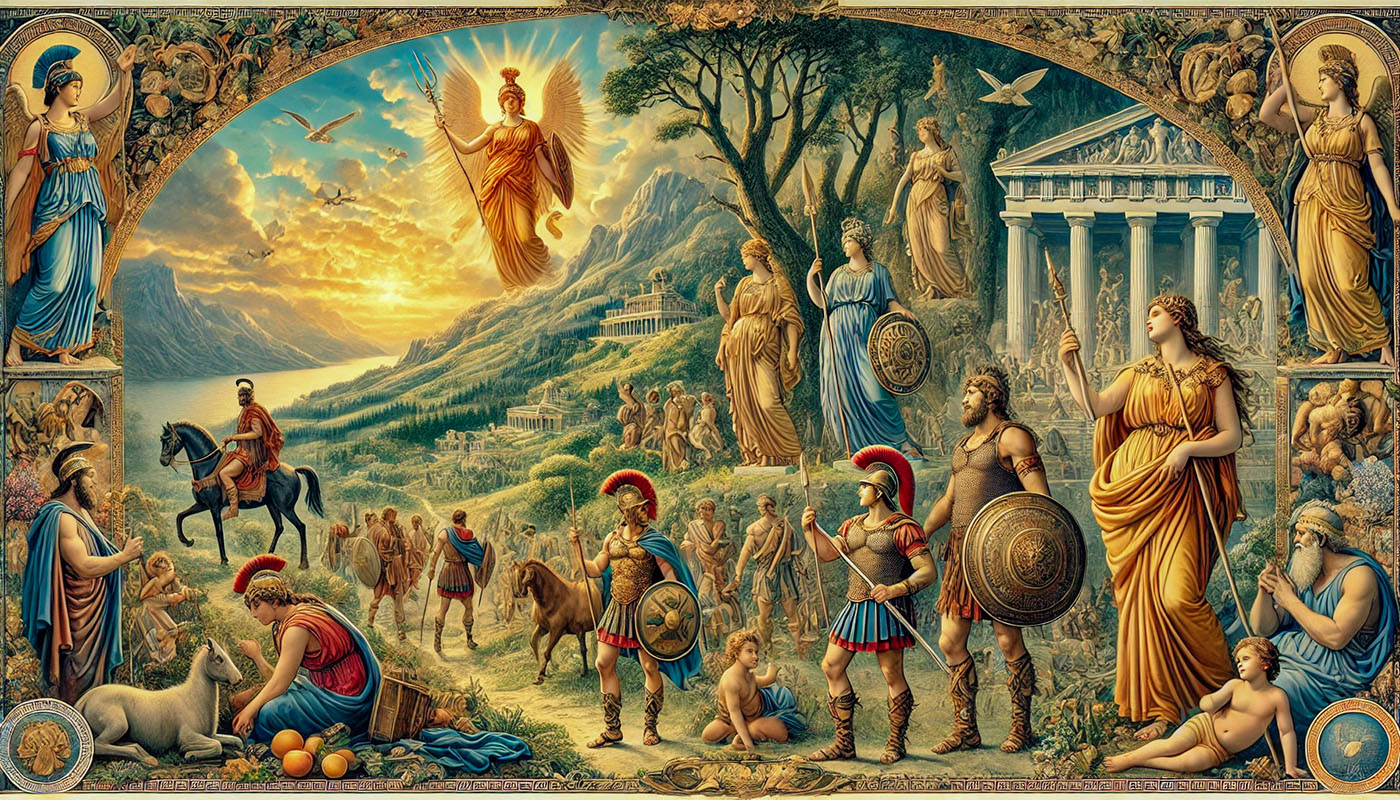Table of Contents
The Lycians were an ancient people who lived in the region of modern-day southwestern Turkey, primarily in the area known today as Lycia. This stunning coastal territory, with its rugged mountains and serene Mediterranean bays, provided a natural fortress for a civilization that thrived for centuries. The Lycians left behind rock-cut tombs, inscriptions, and city ruins that continue to intrigue archaeologists and historians.


Origins and Early Lycian History
The origins of the Lycians are somewhat mysterious. They are first mentioned in historical records around the 14th century BCE, during the Bronze Age. Early records from Egyptian and Hittite sources refer to them as the “Lukka people,” who may have been part of a coalition known for their maritime prowess and conflicts with larger empires.
The Lycians gained prominence as an independent people after the collapse of the Hittite Empire around 1200 BCE. In subsequent centuries, they forged their own identity, becoming known as skilled sailors, warriors, and builders. By the 6th century BCE, Lycia was organized into a federation of city-states, with Xanthos, Patara, and Myra being among the most significant.
Lycia was a mountainous region along the southern coast of Anatolia, bordered by the Taurus Mountains to the north and the Mediterranean Sea to the south. This natural environment shaped their lifestyle. The Lycians built their cities on steep hillsides, often carving tombs directly into cliffs. Their most famous architectural legacy is these rock-cut tombs, often resembling houses or temples, which they believed provided protection for the dead in the afterlife.
The region’s remoteness helped the Lycians maintain a degree of independence even when surrounding powers, like the Persian Empire or Alexander the Great, exerted control over Anatolia.

Lycians in History: Allies and Enemies
Although a relatively small civilization, Lycia managed to maintain a unique cultural identity despite frequent encounters with larger empires. In the 6th century BCE, Lycia came under the control of the Persian Empire, but the Lycians retained some autonomy by paying tribute rather than being fully conquered. This respect for their independence is also visible in their relationship with Greece, particularly during the time of the Delian League.
The most significant moment in Lycian history occurred during the 5th century BCE, when Xanthos, the leading city, famously resisted a Persian siege. According to Herodotus, when the Lycians realized they would lose, they chose death over submission by burning their own city and committing mass suicide. This act of collective defiance marked them as a fiercely independent and proud people.
Later, Lycia became a part of Alexander the Great’s empire, and then, under the Romans, it was absorbed into the Roman Empire in 43 CE. However, even during Roman times, Lycia maintained its distinct culture and status within the empire.
The Lycians were known for their resilience, strong sense of identity, and innovative spirit. As a seafaring people, they were heavily involved in trade and warfare, particularly around the Mediterranean. This coastal proximity made them expert sailors and shipbuilders, and they traded widely with other Mediterranean cultures.
Perhaps the most notable aspect of Lycian culture was their respect for family lineage and their matriarchal traditions. Unusually for ancient civilizations, descent was traced through the mother’s line rather than the father’s. This gave Lycian women a higher status than in many other cultures of the time.
The Lycian people were organized into city-states, each governed by a local aristocracy. The Lycian League, a confederation of cities, was one of the earliest examples of a democratic federation, with each city contributing members to a central governing body. This system inspired later political thinkers, including the framers of the U.S. Constitution.
Daily life in Lycia revolved around agriculture, seafaring, and crafts. They cultivated olives, grapes, and cereals, and their artisans were skilled in metalwork, pottery, and textiles. The climate and fertile valleys of Lycia allowed for a thriving agrarian society. Many Lycian settlements were also built near the coast, reflecting their dependence on maritime trade.
The rock-cut tombs scattered across the landscape reflect their belief in the afterlife and the importance of family. The tombs were often lavishly decorated, showing scenes of Lycian life, and some resemble the homes they lived in, a testament to their desire for continuity beyond death.
The Lycians practiced a polytheistic religion that was influenced by both Greek and Persian beliefs over time. They worshipped gods associated with nature, such as the sun and the moon, and had unique local deities like Xanthos and Leto. Their religious ceremonies included sacrifices and communal festivals that brought together various city-states.
Tombs played a significant role in Lycian religious practice. They believed the dead should be placed as close to the gods as possible, which is why they built tombs on high cliffs or hillsides. Funerary customs were elaborate, with offerings of food, drink, and valuables being placed alongside the deceased.


The End of Lycian Civilization
Lycia remained a vibrant region until the Byzantine era. A series of earthquakes in the 2nd century CE severely damaged many Lycian cities, and by the 7th century, the region was abandoned due to Arab raids. Over time, the cities fell into ruins and were largely forgotten until rediscovered by European travelers in the 19th century.
The Lycians, though they left behind no great empire, influenced the cultures that came after them. Their legacy endures today in the ruins of cities like Xanthos, Patara, and Myra, as well as in the Lycian Way, a hiking trail that winds through their ancient territory, allowing visitors to walk in the footsteps of a proud and independent people.

The Lycian Way: An Ancient Route Through History
One of the most enduring legacies of the Lycians is the Lycian Way, a long-distance hiking trail that spans 540 kilometers (about 335 miles) along Turkey’s Mediterranean coast. The trail follows the ancient paths that once connected the Lycian cities, and it is a journey through time, passing the ruins of ancient settlements, tombs, and temples, all set against the backdrop of the stunning landscapes of Lycia.
The idea for the Lycian Way was conceived in the late 1990s by British expatriate Kate Clow, who wanted to create a route that would not only highlight the beauty of the region but also preserve its historical and cultural heritage. After extensive research into ancient paths, mule tracks, and Roman roads, Clow mapped out a route that would offer hikers a chance to experience the rich history of Lycia while also enjoying its dramatic natural scenery.
The Lycian Way was officially opened in 1999 and quickly became one of the most popular long-distance trails in the world. It meanders through mountains, forests, and coastal cliffs, passing through picturesque villages, hidden beaches, and ancient Lycian ruins like Xanthos, Patara, and Letoon. The trail is marked and can be completed in segments, making it accessible to both seasoned hikers and casual walkers.
The Lycian Way in Ancient Times
In ancient times, the paths that make up the Lycian Way were essential for connecting the scattered Lycian cities, allowing for trade, communication, and military movements. The rugged terrain of Lycia made travel difficult, so these paths often followed ridgelines and coastal routes, offering the most direct passages through the mountainous landscape. For the Lycians, these routes were not only practical but also symbolic, linking the sacred cities and the tombs of their ancestors. Lycian Way Path
Many of these paths also had religious significance, as they connected key sanctuaries and temples. Pilgrims would have traveled along them to visit places like the sanctuary of Leto in Letoon or the oracle at Patara. The Lycian Way would have been used for centuries by locals, traders, and pilgrims alike, providing a lifeline between the cities of the Lycian League.
Today, the Lycian Way is a journey that attracts hikers from around the world. The trail provides an intimate glimpse into both the natural and historical beauty of the region. Walkers can explore ancient ruins hidden deep in pine forests, visit quaint villages where traditional Turkish hospitality is still practiced, and enjoy breathtaking views of the turquoise Mediterranean Sea. Along the way, hikers encounter Lycian tombs carved into the cliffs, ancient theaters, Roman roads, and fortresses.
The Lycian Way offers a unique opportunity to experience the land much as the ancient Lycians would have, following paths trodden for thousands of years. It’s a bridge between the past and the present, a living museum of the Lycian people’s legacy.
In addition to its historical importance, the trail plays a vital role in sustainable tourism for the region. Many of the small villages along the trail benefit from the influx of hikers, who provide an economic boost by staying in local guesthouses and purchasing local goods. This, in turn, helps to preserve the traditional way of life in these communities.
Discover the Wonders of the Lycian Way: Your Ultimate Private Guided Hiking Adventure Awaits!
The Benefits of a Private Guided Hiking Journey!”
Why a Private Guided Hike is the Best Way to Experience the Lycian Way
Hiking the Lycian Way with a private guide offers a personalized and enriching experience that enhances your journey through this stunning landscape. A private guide can tailor the trek to your interests and fitness level, ensuring you explore hidden gems and historical sites that may be overlooked on standard routes. Their expertise in local culture and history provides valuable insights, deepening your appreciation for the ancient civilization that once thrived in this region. Additionally, having a guide ensures safety and support, allowing you to focus on the breathtaking scenery and enjoy a stress-free adventure. Overall, a private guided hike on the Lycian Way transforms your trekking experience into an unforgettable journey of discovery.
The Lycians were a unique and resilient civilization, known for their matriarchal traditions, democratic practices, and breathtaking rock-cut tombs. Living in the rugged terrain of southwestern Anatolia, they navigated the complexities of surviving between great empires while maintaining their own identity. Their culture may have faded, but their legacy lives on through the remnants of their cities and the stories passed down through history.
Their legacy may have faded from mainstream history, but it lives on through the ruins of their cities and the stories passed down through time.
The Lycian Way, which now attracts hikers from across the world, ensures that the memory of this ancient people is not forgotten. As travelers walk along the same paths the Lycians once used, they connect with a time and culture long gone, but still very much alive in the stones, trails, and landscapes of Lycia. lycian way best sections
Are you searching for ideas to plan your next trek? You’re in the perfect spot! 🙂 Hiking offers a unique way to uncover hidden gems and explore new areas at your own speed.
On this page, we share some of the most useful tips and tricks to help you get ready for your next adventure.

Recent Comments